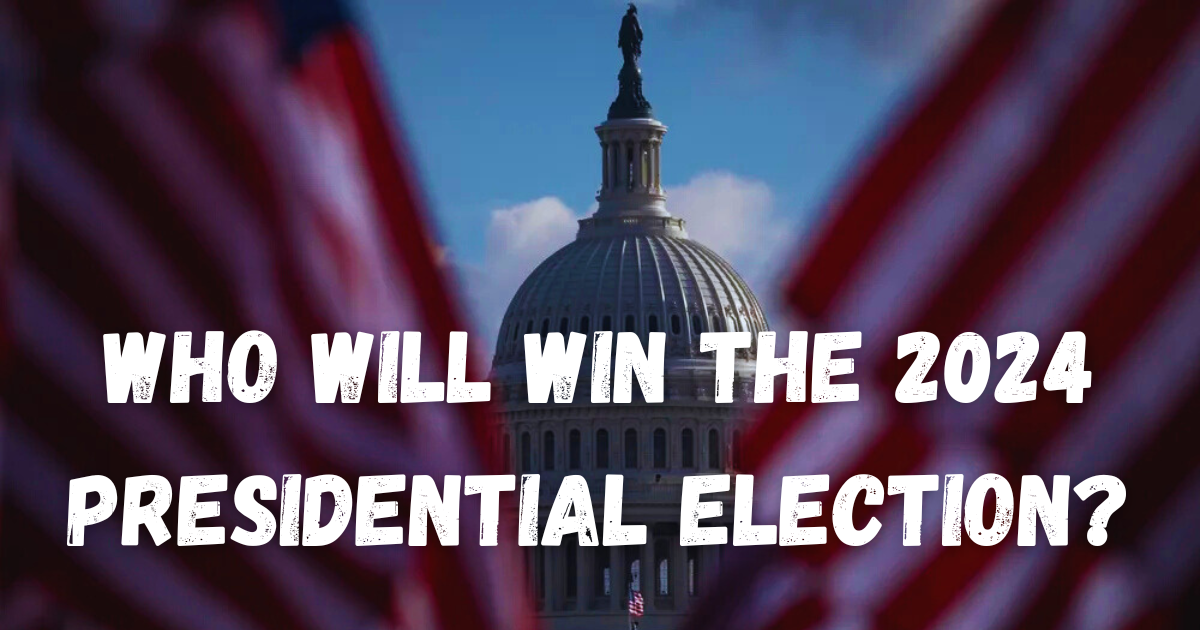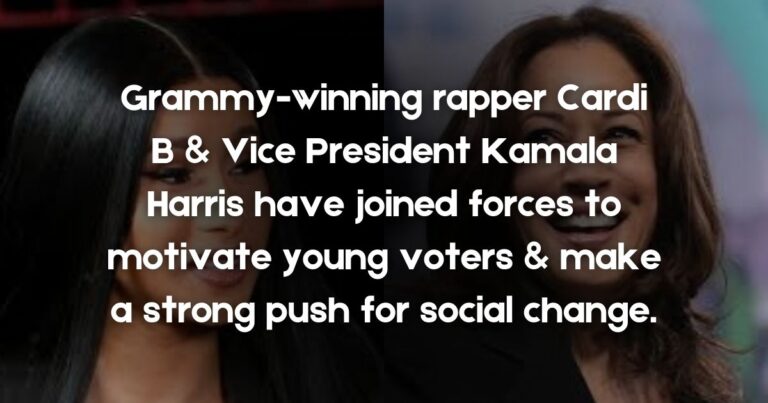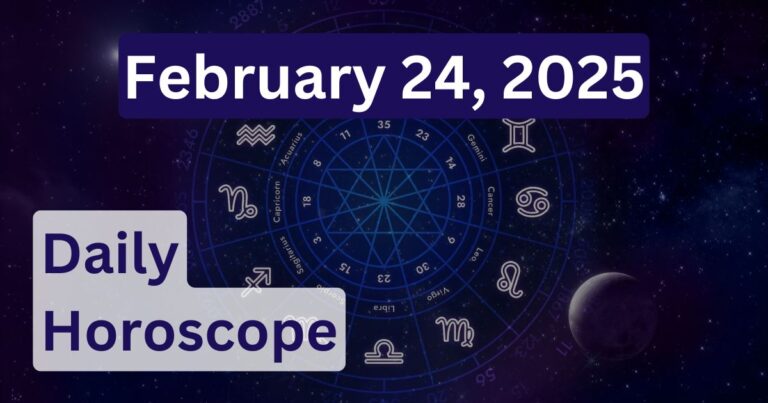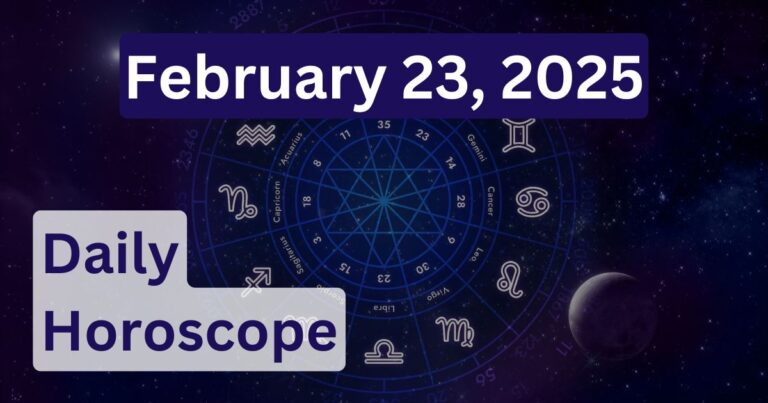
The 2024 U.S. presidential election promises to be one of the most closely watched elections in recent history. With many key issues at stake, voters across the country are paying close attention to who will shape the nation’s future. Predictions are pouring in from all sides, including analysts, pollsters, and political experts, as Americans gear up to cast their votes. Below is an in-depth look at factors influencing the predictions, potential scenarios, and the candidates that could shape the outcome of the election.
Overview of the Key Candidates
1. Joe Biden (Democratic Party)
The incumbent president, Joe Biden, is seeking re-election as he continues to emphasize policies around climate change, healthcare, economic equality, and global cooperation. While he enjoys strong support among Democrats, Biden faces questions around his age and health, which have led some to speculate whether he can effectively lead for another four years. His administration has been marked by both notable achievements, such as infrastructure improvements and significant climate action, and controversial policies, especially on issues like immigration and inflation.
2. Donald Trump (Republican Party)
Former President Donald Trump remains a prominent figure in the Republican Party and is once again running for office. His campaign is largely based on his “Make America Great Again” message, focusing on strong borders, deregulation, and economic growth. However, Trump’s presence on the ballot is polarizing; while his supporters remain highly loyal, his detractors are equally passionate in opposition. Trump’s legal challenges and indictments related to his business dealings and actions during his last presidency are also shaping the public perception of his candidacy.
3. Third-Party and Independent Candidates
Some voters are exploring alternatives, leading to a resurgence in interest in third-party candidates. Figures like Robert F. Kennedy Jr., who recently announced his independent run, could impact the 2024 election by drawing votes away from both major parties, particularly the Democrats. The Libertarian and Green parties are also fielding candidates, hoping to appeal to voters disillusioned with the two-party system. While third-party candidates have historically struggled to win, their influence could affect close races, making predictions more complex.
Factors Influencing 2024 Presidential Election Predictions
1. Economic Conditions
The U.S. economy plays a major role in presidential elections, and 2024 is no exception. Economic issues like inflation, wage stagnation, and housing affordability are top of mind for many voters. While the Biden administration has made strides with infrastructure and job creation, inflation remains a concern. Republicans are focusing on these issues, arguing that Biden’s policies have worsened economic conditions, and promising to lower taxes and reduce government spending. Analysts are watching how economic trends evolve in the coming months, as they could strongly influence undecided voters.
2. Polarization and Political Divides
American politics has become increasingly polarized over the last few years, with each side viewing the other with deep suspicion. Trump and Biden represent two vastly different visions for America, and many voters feel intensely about supporting one while opposing the other. This polarization could lead to high voter turnout, as seen in recent elections, and could make the 2024 race another extremely close contest. The role of independents and moderates, however, remains uncertain, as both sides will seek to sway these voters.
3. Voter Turnout and Mobilization
High voter turnout has benefited Democrats in the past, while Republicans have relied on strong support in rural areas and among conservative voters. Both parties are investing heavily in turnout efforts, particularly in swing states like Pennsylvania, Georgia, and Arizona. Biden’s team is focused on mobilizing young voters, women, and people of color, who are generally more likely to support Democratic policies. Trump’s campaign, on the other hand, is targeting middle-class Americans, rural voters, and those who feel disconnected from mainstream political narratives.
4. Key Issues for Voters
Each election brings certain issues to the forefront, and 2024 is expected to be heavily influenced by topics like abortion rights, gun control, immigration, and climate change.
- Abortion Rights: Following the Supreme Court’s decision to overturn Roe v. Wade, abortion has become a significant issue, with many states implementing restrictions. Democrats are leveraging this as a major issue, appealing to pro-choice voters.
- Gun Control: The U.S. has seen a steady rise in gun violence, leading many to call for stricter gun control measures. Democrats tend to support more regulation, while Republicans emphasize Second Amendment rights.
- Immigration: The immigration debate has intensified, especially with issues at the U.S.-Mexico border. Trump and other Republicans advocate for stricter immigration policies, while Democrats often propose a path to citizenship for undocumented immigrants.
- Climate Change: With natural disasters on the rise, climate change remains a pressing issue. Biden has made climate action a central part of his platform, while Republicans argue for a balance between environmental goals and economic needs.
5. Swing States and Electoral College Dynamics
Swing states, or battleground states, play a decisive role in U.S. presidential elections due to the Electoral College system. In 2024, states like Pennsylvania, Michigan, Wisconsin, Arizona, and Georgia are expected to be highly competitive. Biden’s narrow wins in these states in 2020 helped secure his victory, but these states could just as easily swing back to the Republicans. Trump’s campaign strategy heavily targets these areas, hoping to win back voters who supported him in 2016 but switched in 2020. Polls in these states are being closely monitored, as they are often predictive of the overall outcome.
Predictions for the 2024 Presidential Election
Scenario 1: Biden Wins Re-Election
For Biden to win re-election, he would need to secure strong turnout among key Democratic demographics and retain his support in swing states. A Biden victory would likely be attributed to high voter turnout, particularly among young voters, women, and urban populations. If economic conditions improve in the months leading up to the election, it could strengthen Biden’s chances. His campaign may also emphasize his experience and steady leadership as an antidote to Trump’s more divisive style.
Scenario 2: Trump Wins the White House
Trump’s path to victory would involve regaining lost ground in states like Michigan, Pennsylvania, and Wisconsin, while maintaining his support in stronghold states. If he can mobilize his base effectively and sway undecided voters frustrated by economic challenges, Trump has a solid chance. His supporters see him as a disruptor who challenges the establishment, a message that resonates with many rural and working-class voters. Trump’s campaign will also rely heavily on highlighting Biden’s age and perceived policy failures to attract independents.
Scenario 3: A Third-Party Candidate Disrupts the Race
The potential for a third-party candidate, like Robert F. Kennedy Jr., to siphon off votes from Biden or Trump adds unpredictability to the election. Polls suggest that Kennedy’s appeal spans both parties, attracting voters dissatisfied with the polarized political landscape. If he captures enough support, he could pull votes away from Biden, Trump, or both, which could result in a highly unusual electoral outcome. Some analysts argue that if Kennedy captures 5-10% of the vote in key states, it could dramatically shift the electoral map.
Scenario 4: An Electoral College Tie or Delayed Result
If neither candidate secures a majority of Electoral College votes, the election could be decided in the House of Representatives, with each state delegation casting a single vote. This situation is rare but possible, especially given the tight race in swing states. Additionally, delayed results due to mail-in ballots and recounts in close states could lead to prolonged uncertainty, similar to the contested 2000 election between George W. Bush and Al Gore.
Conclusion
The 2024 U.S. presidential election is shaping up to be highly competitive and complex. The outcome will hinge on key issues, voter turnout, economic conditions, and developments in swing states. While Biden and Trump are the primary contenders, the influence of third-party candidates and possible disruptions in the Electoral College could lead to unforeseen outcomes. As election day approaches, polls and predictions will continue to fluctuate, reflecting the evolving dynamics of the race. However, the strong polarization and high stakes suggest that regardless of who wins, the result will be impactful and closely watched both domestically and globally.






